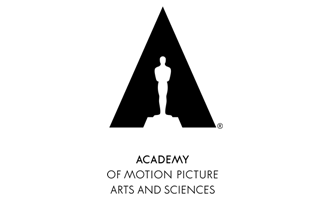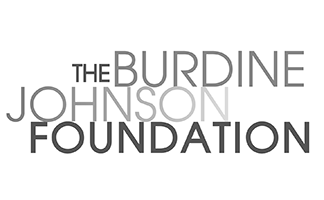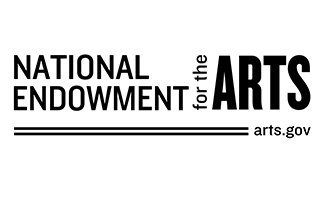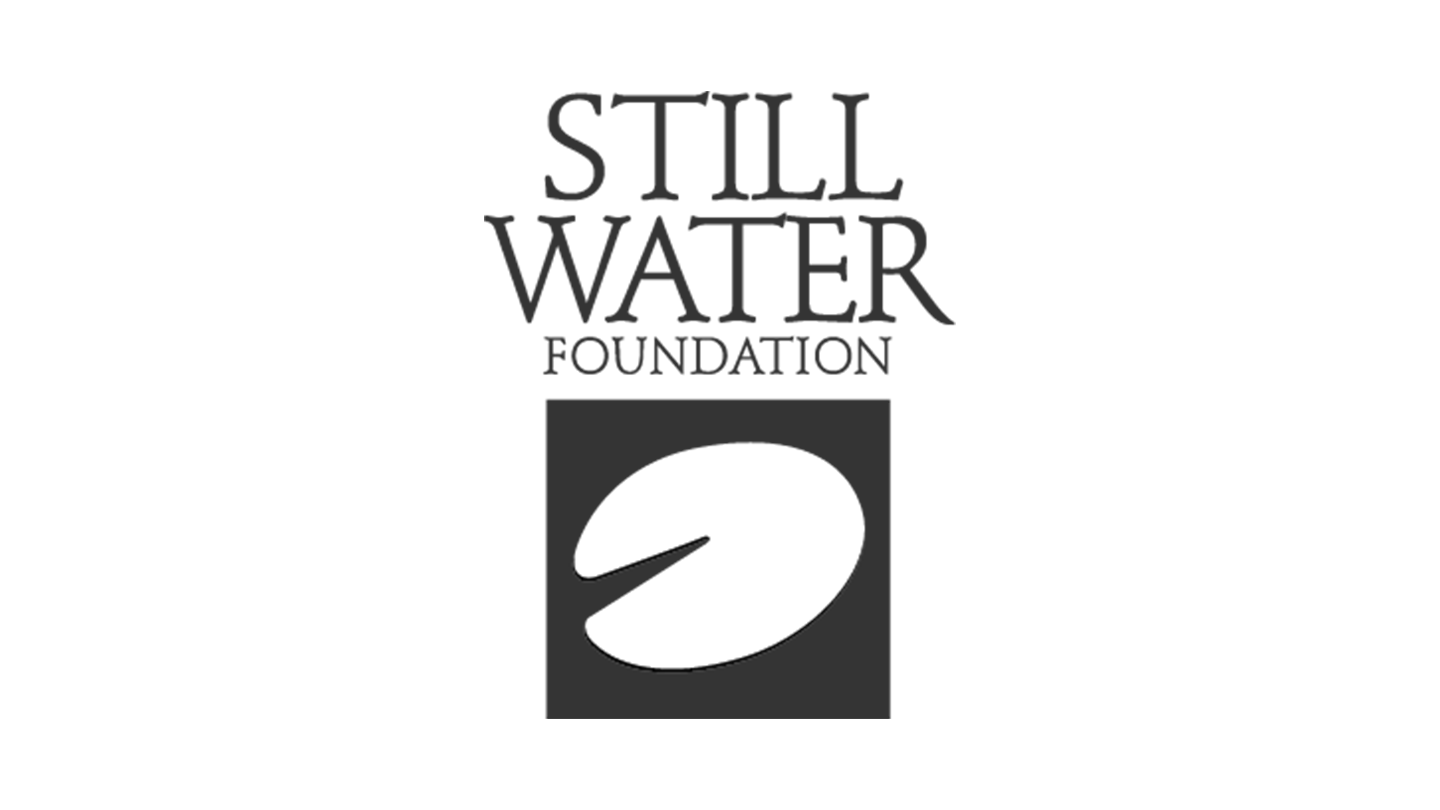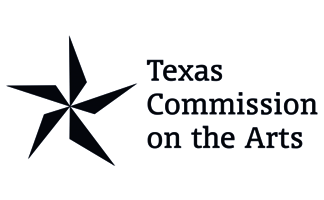Censorship & Its Discontents: Hollywood’s Amazing Pre-Code Era
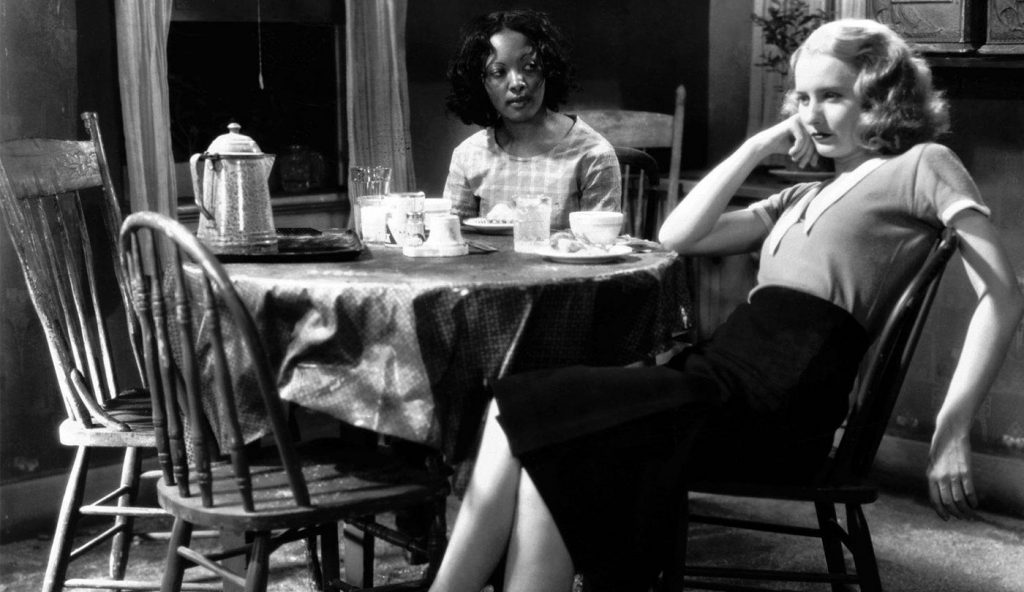
Imagine it’s 1930 and you’re a movie producer ready to unveil your latest film to theaters across the country.
Maybe there are a few instances of light profanity or debatable obscenity. Maybe you are intrigued by the life of gangsters and want to let one of them succeed for once. Or maybe you have a movie that features a woman exploring her sexual freedom over the course of the story. None of this should matter in the exciting golden age of the moving image, right? Well before you know it, religious leaders and government figures are banging down your door wanting to censor every “inappropriate” aspect of your film.
After a few years of this annoying and expensive interference, Hollywood itself decided to institute its own censorship, the Production Code, which was passed in 1930 but only effectively went into force in 1934.
It’s strange now to think of movies without some sort of rating. But with the invention of cinema at the turn of the century, no director or production studio exec was terribly worried about “appropriateness” or “inappropriateness.” The success of this new form of entertainment with the masses excited studios, directors, and writers but struck fear into both the government and religious groups across the nation. With a goal of maintaining the “traditional, moral values” of the country, they set out to establish a Code that would dictate specifically what was deemed “appropriate” for the silver screen.
Thus the Pre-Code films, as we affectionately know them today, were born: a strange and delightful group of movies that were released before the code’s enforcement. These films were progressive, representative, and had a freedom of expression that wouldn’t be seen widely until the New Hollywood Renaissance in the late sixties and early seventies.
A Pre-Code film like BABY FACE (screening August 2 at AFS Cinema) reminds us of the need for representation of real women in media today. Despite being made in 1933, Barbara Stanwyck’s portrayal of Lily as a woman using her sexuality to break through the glass ceiling is quite a modern story.
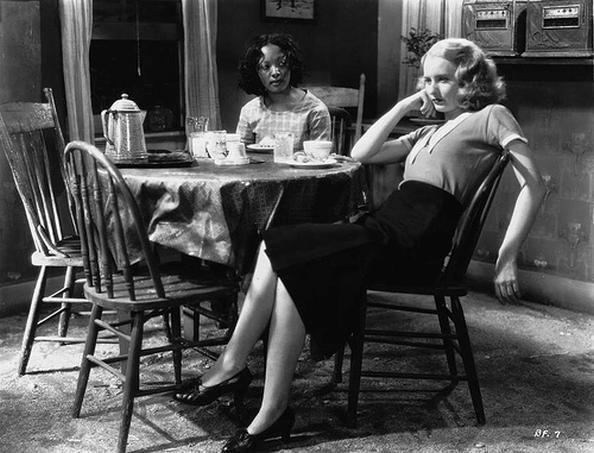
Will Hays, a former Postmaster General, was the chosen leader to clean up Hollywood’s “Sin City” image, and began working on the would-be Code in 1922. However, with input from multiple groups and government officials, the actual code wouldn’t take effect until Hay’s lieutenant Joseph Breen seized the reins of enforcement in 1934. While Hays was running around with government and religious figures trying to figure out exactly what was deemed “destructive” on screen, the studios thrived and scoffed at the idea of self-censoring, commenting that “the Hays moral code is not even a joke anymore; it’s just a memory.”
Before the Code, many films were made featuring strong female protagonists who had control of their sexuality and their lifestyles, gay and lesbian characters (who would be eradicated from films altogether once the Code was set in stone), and anti-heroes in crime and gangster films that allowed the audience to decide for themselves who was actually good or evil. These ideas would soon be forbidden from movies for decades to come.
A list of Thou-Shalt-Nots was created as a general guideline for what was allowed and what would be censored in the age of the Motion Picture Production code. Here are some wonderful Pre-Code films that show just what could be seen before the code was finally instituted.
Thou shalt not make the audience sympathize with crime, wrongdoing, evil or sin.
THE PUBLIC ENEMY, a gangster film starring James Cagney, was a strong proponent of the anti-hero. Cagney plays a young man rising in the criminal underworld and willing to kill to get what he wants. The films empathy for Cagney’s character was said to be an endorsement of evil forces by the Code. Despite not seeing the actual killing in this clip, characters like the one Cagney plays in THE PUBLIC ENEMY would be banned once the code was set into place.
Thou shalt not ruin the sanctity of marriage and the home shall be upheld.
BLONDE VENUS, starring Cary Grant and openly bisexual actress Marlene Dietrich, follows Dietrich’s character as she begins work at a cabaret and eventually becomes Grant’s mistress in order to support her child and ailing husband. Many Pre-Code films featured women-driven stories that focused on their agency and independence in the world, with or without a man by their side. The plot line of adultery in this movie would also be strongly forbidden once the code was put into place.
Thou shalt not dance in a way that suggests or represents sexual actions or indecent passions.
Pre-Code Musicals were known for using the rehearsal space as a way to show off women’s bodies without being overtly exploitative. Busby Berkeley specifically was known for his choreography that was both “lyrical and lewd” in the way he showed female bodies. This scene from FOOTLIGHT PARADE would be deemed too inappropriate once the code was in place for Berkeley’s classic suggestive choreography and the not-so-proper depiction of the Honeymoon Hotel.
Thou shalt not throw ridicule on any religious faith.
Hays and other Code supporters had no issue with horror films as long as they were silent. Once talkies came around and horror films were able to add atmospheric sounds and suspenseful music it was all over. Frankenstein was deemed too brutal with the visceral addition of suspenseful music and realistic sound effects like dirt hitting a coffin. The comparison of the mad scientist to God would be a point of conflict as well due to the code’s strong affliction to disrespecting religious institutions and leaders.
This August, AFS screens a variety of Pre-Code Treasures, guest curated by Dr. Caroline Frick. For tickets and more info click here.
- This piece contributed by Claire Hardwick

